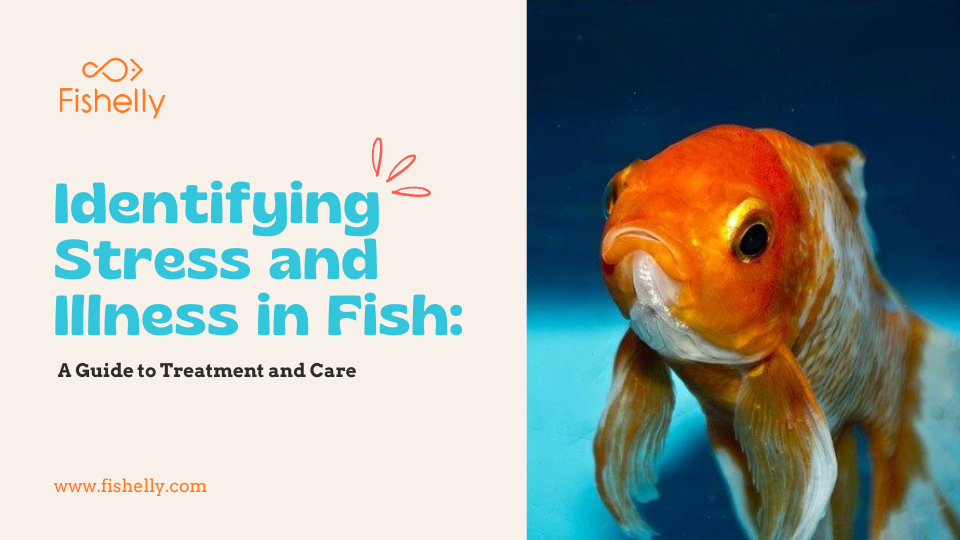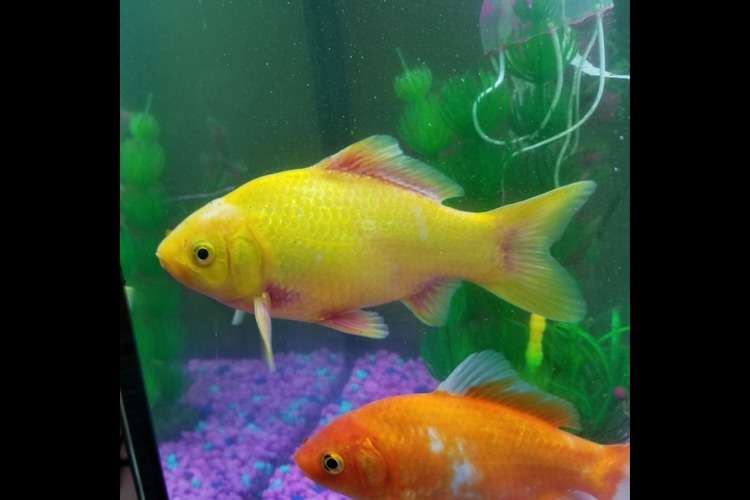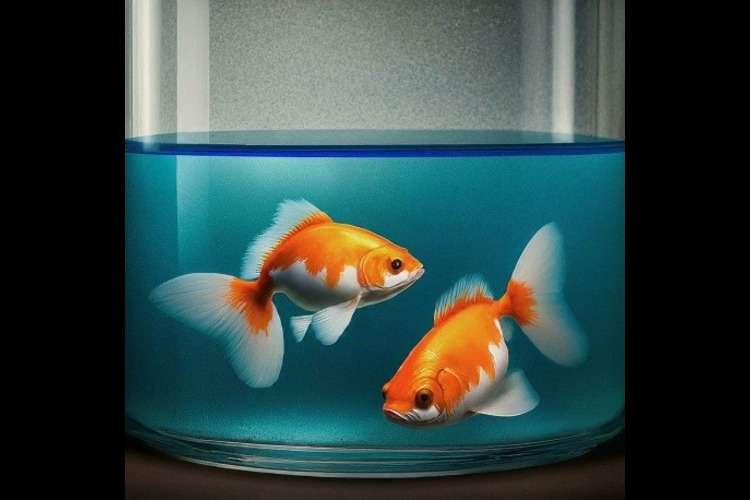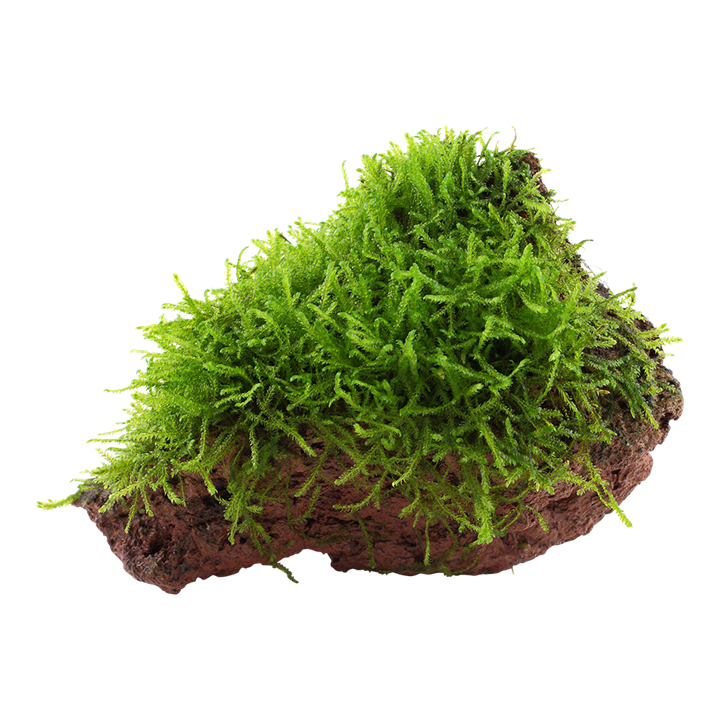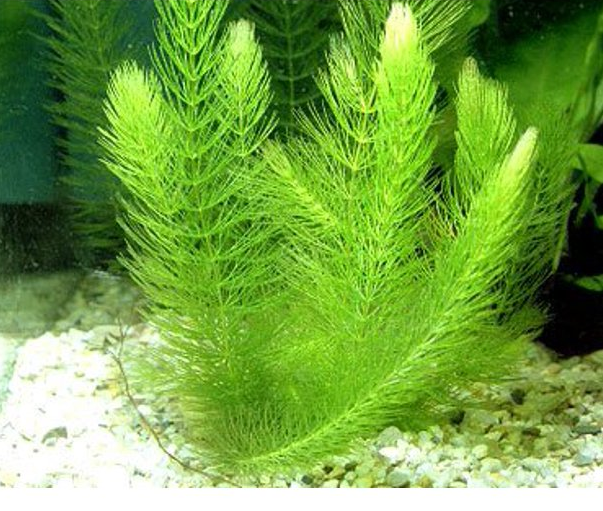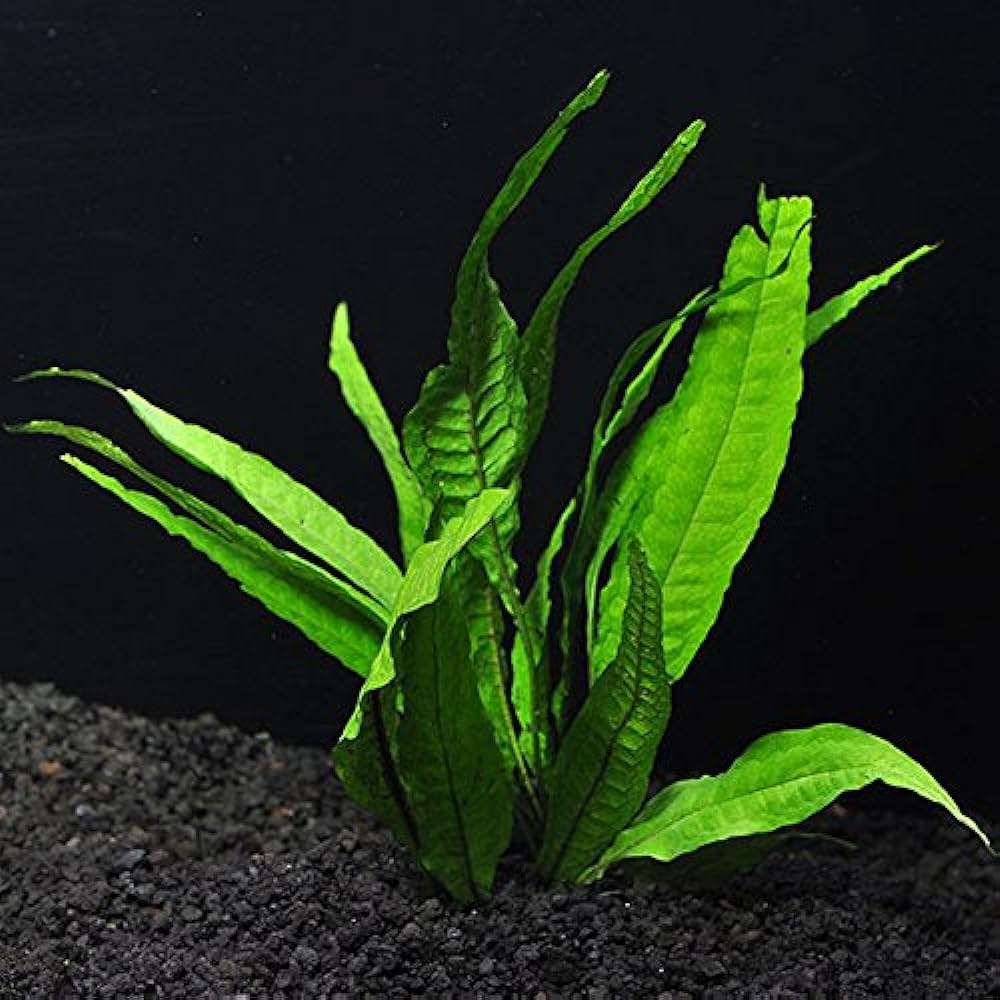Fish Stress and Illness: How to Identify, Treat, and Care for Your Aquarium?
Keeping fish can be a rewarding hobby, but it comes with its challenges. It is essential for you to recognize their signs of stress and illness, which are the most important aspects. Fish are often vulnerable to changes in their environment, and even small issues can lead to significant health problems.
Early detection and proper treatment are key to ensuring that your fish live long, healthy lives. In this guide, we’ll explore how to identify stress and illness in fish, the common causes, and the best practices for treatment and care.
Understanding Fish Stress: Causes and Symptoms
Stress in fish is a critical issue that can lead to severe health problems if not addressed promptly. Fish can experience stress due to various environmental factors, such as poor water quality, temperature fluctuations, overcrowding, or aggressive tank mates.
Recognizing the early signs of stress, such as erratic swimming, clamped fins, or loss of appetite, is essential for preventing further complications. A stress-free environment is key to maintaining the health and longevity of your fish.
Common Causes of Stress in Fish:
- Poor Water Quality: High levels of ammonia, nitrites, or nitrates, incorrect pH levels, or inadequate oxygenation can stress fish.
- Inconsistent Water Temperature: Sudden temperature fluctuations or keeping the tank at an inappropriate temperature for the species can cause stress.
- Overcrowding: Too many fish in a small tank can lead to competition for resources, stress, and aggression.
- Incompatible Tank Mates: Housing aggressive fish with more peaceful species can cause bullying, leading to stress and injury.
- Overhandling: Frequent handling or moving of fish can cause stress, particularly in delicate or shy species.
Signs of Stress in Fish:
- Erratic Swimming: Fish swimming frantically, crashing into the sides of the tank, or darting back and forth are often exhibiting signs of stress.
- Gasping at the Surface: If your aquarium fish are constantly gasping for air at the surface, it could indicate low oxygen levels in the water or it indicates poor water quality.
- Clamped Fins: Fish holding their fins close to their bodies instead of allowing them to fan out may be stressed.
- Hiding or Lethargy: If a fish is constantly hiding or showing little movement, it may be experiencing stress.
- Loss of Appetite: A stressed fish may stop eating or show less interest in food, which can lead to further health issues.
Prevention and Treatment:
- Monitor Water Quality: Regularly test your water parameters and perform routine water changes to ensure a clean and stable environment.
- Maintain Proper Tank Conditions: Ensure that the tank size, temperature, and lighting are suitable for the species you are keeping.
- Provide Hiding Spots: Include plants, rocks, and other decorations that provide your fish with places to retreat and feel secure.
- Reduce Stressors: Avoid sudden changes to the tank environment, limit handling, and choose tank mates carefully to minimize stress.
Identifying Common Fish Illnesses
Fish are susceptible to a wide range of illnesses, many of which are caused by stress, poor water conditions, or the introduction of new, infected fish. Common diseases such as Ich, fin rot, and fungal infections can quickly spread in an aquarium if not detected early.
Understanding the symptoms of these illnesses, like white spots, ragged fins, or unusual growths, allows for timely intervention and treatment. Regular monitoring and preventive care can help keep your fish healthy and disease-free.
Common Fish Illnesses:
- Ich (White Spot Disease): One of the most common fish diseases, ich is caused by a parasite and appears as small white spots on the fish's body, fins, and gills. Infected fish may also rub against objects in the tank to relieve itching.
- Treatment: Raise the tank temperature slightly (if appropriate for the species) and use an over-the-counter ich treatment. Quarantine infected fish if possible to prevent the spread.
- Fin Rot: This bacterial infection causes the fins to become ragged and discolored. It is often the result of poor water conditions or stress.
- Treatment: Improve water quality and treat the tank with antibiotics or antibacterial medications. Isolate infected fish if necessary.
- Fungal Infections: Fungal infections can appear as white, cotton-like growths on the skin or fins. They are often secondary infections caused by wounds or other illnesses.
- Treatment: Treat the affected fish with antifungal medications and maintain good water quality to prevent future outbreaks.
- Swim Bladder Disease: This condition affects a fish’s ability to control its buoyancy, causing it to float uncontrollably or sink to the bottom of the tank.
- Treatment: If you are feeding your fish too much, it can cause Swim bladder disease. It can lead to constipation or infection. Fast the fish for a day or two, then feed it high-fiber foods like cooked peas to help relieve constipation. For infections, antibiotics may be necessary.
- Velvet Disease: This parasitic disease causes a gold or rust-colored dusting on the fish’s body and fins. Infected fish may also exhibit lethargy, loss of appetite, and rapid gill movement.
- Treatment: Velvet disease is treated with copper-based medications. Raising the tank temperature slightly can also help speed up the parasite's life cycle, making the treatment more effective.
Recognizing the Signs of Illness:
- Physical Symptoms: Look for visible changes such as spots, discoloration, bloating, fin damage, or unusual growths.
- Behavioral Changes: Sick fish may become lethargic, hide more often, or show changes in swimming behavior.
- Appetite Loss: Fish that suddenly stop eating or show a lack of interest in food may be suffering from illness.
Prevention and Care:
- Quarantine New Fish: Always quarantine new fish for at least 2-4 weeks before introducing them to your main tank. This helps prevent the spread of disease to your existing fish.
- Maintain Water Quality: Clean water is the foundation of a healthy tank. Perform regular water changes and monitor parameters closely.
- Watch for Early Signs: Catching illnesses early gives you the best chance of successful treatment. Observe your fish daily and address any abnormalities as soon as they arise.
Creating a Stress-Free Environment
A stress-free environment is crucial for the well-being of your fish. Creating a stable and comfortable tank environment involves providing adequate space, proper filtration, and appropriate tank decor.
Factors such as water quality, temperature, and lighting play significant roles in reducing stress. Additionally, selecting compatible tank mates and avoiding overcrowding can prevent aggressive behavior and promote harmony in the aquarium. Maintaining a balanced and peaceful environment ensures that your fish can thrive.
Tips for a Healthy Aquarium Environment:
- Choose the Right Tank Size: Ensure your tank is large enough to accommodate all of your fish comfortably. Don’t Overcrowd. It can lead to stress and aggression.
- Provide Proper Filtration: A good filtration system is essential for maintaining water quality and keeping the tank environment stable.
- Enrich the Tank with Decor: Use plants, rocks, caves, and other decorations to mimic the natural habitat of your fish. This helps reduce stress by providing hiding spots and creating territories.
- Maintain Consistent Lighting: Use a lighting schedule that mimics the natural day-night cycle, as irregular lighting can stress fish.
- Monitor Tank Mates: It is essential to choose the right tank mates. It can avoid placing aggressive species with more peaceful ones. Observe interactions regularly to ensure all fish are getting along.
How to Treat a Sick Fish
Treating a sick fish requires prompt action and careful attention to detail. Identifying the illness is the first step, followed by isolating the affected fish and administering the appropriate treatment.
Whether through medication, quarantine, or environmental adjustments, addressing the root cause of the illness is essential for a successful recovery. Early detection and treatment can prevent the spread of disease to other tank inhabitants, ensuring the overall health of the aquarium.
Steps to Take When Treating a Sick Fish:
- Isolate the Fish: If possible, move the sick fish to a quarantine tank to prevent the spread of illness to other fish. This also allows you to treat the affected fish more effectively.
- Identify the Illness: Carefully observe the symptoms and research the specific illness to determine the best course of treatment. Consulting with a veterinarian who specializes in aquatic animals can also be helpful.
- Administer Medication: Depending on the illness, you may need to use over-the-counter medications such as antibiotics, antifungals, or antiparasitics. Always follow the dosage instructions carefully and complete the full course of treatment.
- Adjust the Environment: In some cases, improving water quality, adjusting the temperature, or adding aquarium salt can help the fish recover more quickly. Make sure to research any environmental changes to ensure they are safe for your specific fish species.
- Monitor Recovery: Check your fish health regularly, especially your sick fish. Daily monitor its progress. If symptoms persist or worsen, you may need to try a different treatment or consult with a professional for further advice.
Preventing Future Problems
As you know “Prevention is always better than cure” this is also true when it comes to your fish health. Regular tank maintenance, careful observation, and ongoing education are key to preventing future stress and illness.
By consistently monitoring water quality, performing routine cleanings, and staying informed about your fish's needs, you can create a stable environment that minimizes the risk of problems.
Preventive measures not only protect your fish from potential threats but also contribute to a healthier, more enjoyable aquarium experience.
Long-Term Prevention Tips:
- Regular Maintenance: Perform regular water changes, clean the tank, and check that all equipment is functioning properly. Consistent maintenance helps prevent the buildup of harmful substances.
- Watch for Early Warning Signs: Make a habit of observing your fish daily. Early detection of stress or illness can prevent small issues from becoming major problems.
- Educate Yourself: Continuously learn about the needs of your specific fish species, including their preferred water conditions, diet, and behavior. If you are aware of your fish, you can take more care of them.
- Be Mindful of Changes: Any changes to the tank environment—such as adding new fish, changing the decor, or adjusting water conditions—should be made gradually to avoid stressing the fish.
Conclusion: Keeping Your Fish Healthy and Happy
Fishkeeping is both an art and a science, requiring attention to detail and a commitment to providing the best possible care. By understanding the signs of stress and illness in fish, you can act quickly to address any issues and prevent them from escalating.
With the right knowledge and practices, you can create a thriving aquatic environment where your fish can live long, healthy lives.
Remember, a healthy aquarium starts with a healthy environment. By maintaining water quality, choosing compatible tank mates, and providing proper care, you can minimize the risk of stress and illness in your fish and enjoy the beauty and serenity they bring to your home.
